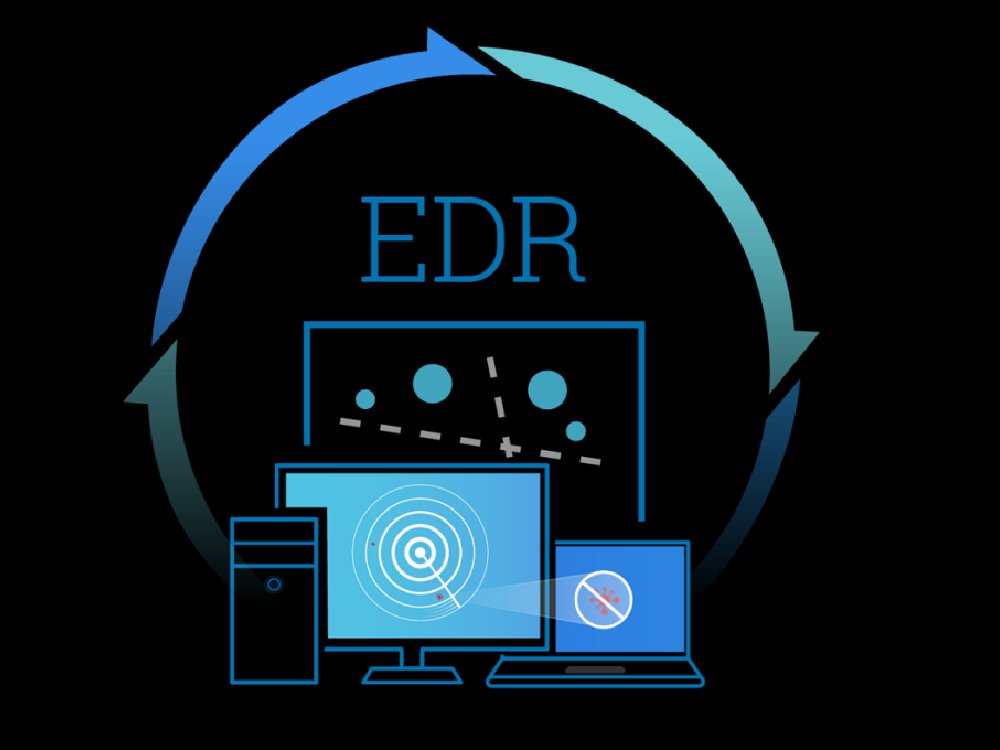In the realm of cyber security, staying one step ahead of adversaries requires constant innovation and adaptation. As cyber threats continue to evolve in complexity and sophistication, organizations are turning to advanced technologies to bolster their defenses and mitigate risk. One such technology gaining prominence is Endpoint Detection and Response (EDR). It is widely discussed that what is edr in cyber security. In this blog, we’ll delve into what EDR is in cyber security, its key components, benefits, and how it enhances overall security posture in today’s threat landscape.
Understanding EDR in Cyber Security Endpoint Detection and Response (EDR) is a category of security solutions designed to protect endpoints, such as desktops, laptops, servers, and mobile devices, from cyber threats. Unlike traditional antivirus software that relies on signature-based detection methods to identify known malware, EDR takes a more proactive and behavior-based approach to threat detection and response. By continuously monitoring endpoint activities and behaviors, EDR solutions can detect and respond to a wide range of threats, including malware infections, file less attacks, and advanced persistent threats (APTs), in real-time. Key Components of EDREDR solutions typically consist of the following key components:
Endpoint Agents: EDR solutions deploy lightweight agents on endpoints to collect telemetry data, such as process execution, file activity, network connections, and system logs. These agents operate in real-time, providing visibility into endpoint activities and behaviors for threat detection and response. Behavioral Analytics: EDR solutions leverage advanced analytics and machine learning algorithms to analyze endpoint telemetry data and identify anomalous behaviors indicative of cyber threats. By establishing a baseline of normal behavior for each endpoint, EDR solutions can detect deviations from the norm and trigger alerts for further investigation. Threat Intelligence Integration: EDR solutions integrate with threat intelligence feeds and databases to enrich endpoint telemetry data with information about known indicators of compromise (IOCs), malware signatures, and emerging cyber threats. This enables EDR solutions to correlate telemetry data with threat intelligence and identify potential security incidents more accurately. Incident Response Capabilities: EDR solutions provide built-in incident response capabilities to enable security teams to respond quickly and effectively to cyber threats. This may include features such as remote endpoint isolation, file quarantine, memory analysis, and remediation actions to contain and mitigate the impact of security incidents.
Benefits of EDR in Cyber Security Implementing EDR solutions offers several benefits for organizations seeking to enhance their cyber security posture:
Enhanced Threat Detection: EDR solutions provide real-time visibility into endpoint activities and behaviors, enabling early detection of cyber threats that may evade traditional security controls. By monitoring for suspicious behaviors and indicators of compromise, EDR solutions can identify and respond to security incidents more effectively. Rapid Response and Remediation: EDR solutions streamline incident response processes by providing security teams with the tools and capabilities needed to respond quickly to security incidents. From isolating compromised endpoints to containing malware infections and removing malicious files, EDR solutions help minimize the dwell time of threats and reduce the impact on the organization. Improved Visibility and Forensics: EDR solutions offer granular visibility into endpoint activities, allowing security teams to conduct forensic investigations and root cause analysis of security incidents. By capturing detailed telemetry data and providing historical context for endpoint events, EDR solutions enable organizations to understand the scope and impact of security incidents and take proactive measures to prevent recurrence. Compliance and Reporting: EDR solutions help organizations meet regulatory compliance requirements by providing comprehensive visibility and reporting capabilities for endpoint security events. By generating audit trails, incident reports, and compliance dashboards, EDR solutions enable organizations to demonstrate compliance with industry regulations and standards, such as the General Data Protection Regulation (GDPR) and the Payment Card Industry Data Security Standard (PCI DSS).
Incorporating EDR into Cyber Security Strategy To effectively leverage EDR in cyber security strategy, organizations should consider the following best practices:
Evaluate EDR Solutions: Conduct a thorough evaluation of EDR solutions to identify the one that best meets your organization’s security requirements, budget constraints, and operational needs. Consider factors such as scalability, ease of deployment, integration capabilities, and vendor reputation when selecting an EDR solution. Deploy EDR Agents: Deploy EDR agents on all endpoints within your organization’s network to ensure comprehensive coverage and visibility. Configure agents to collect relevant telemetry data and transmit it to a centralized EDR platform for analysis and threat detection. Monitor and Analyze Endpoint Telemetry: Continuously monitor endpoint telemetry data for signs of suspicious activities, behaviors, or indicators of compromise. Leverage EDR analytics and machine learning algorithms to identify potential security incidents and prioritize response efforts based on risk severity. Develop Incident Response Playbooks: Develop incident response playbooks and procedures that outline roles and responsibilities, escalation paths, and response actions for different types of security incidents. Conduct regular tabletop exercises and simulations to test the effectiveness of incident response playbooks and ensure readiness to respond to cyber threats effectively. Collaborate and Share Threat Intelligence: Collaborate with industry peers, government agencies, and threat intelligence sharing communities to exchange information about emerging cyber threats and attack techniques. Leverage threat intelligence feeds and indicators of compromise (IOCs) to enrich endpoint telemetry data and enhance threat detection capabilities. Continuously Improve Security Posture: Continuously monitor and evaluate the effectiveness of EDR solutions in mitigating cyber threats and improving overall security posture. Conduct regular security assessments, penetration tests, and red team exercises to identify vulnerabilities and weaknesses in your organization’s defense and take proactive measures to address them.
Conclusion: In conclusion, Endpoint Detection and Response (EDR) plays a vital role in modern cyber security by providing organizations with the ability to detect, respond to, and mitigate cyber threats targeting endpoints. By leveraging advanced analytics, threat intelligence integration, and incident response capabilities, EDR solutions enable organizations to enhance their security posture and protect against a wide range of cyber threats. Incorporating EDR into cyber security strategy empowers organizations to stay ahead of adversaries, minimize the risk of security incidents, and safeguard sensitive data and assets in today’s dynamic threat landscape.

